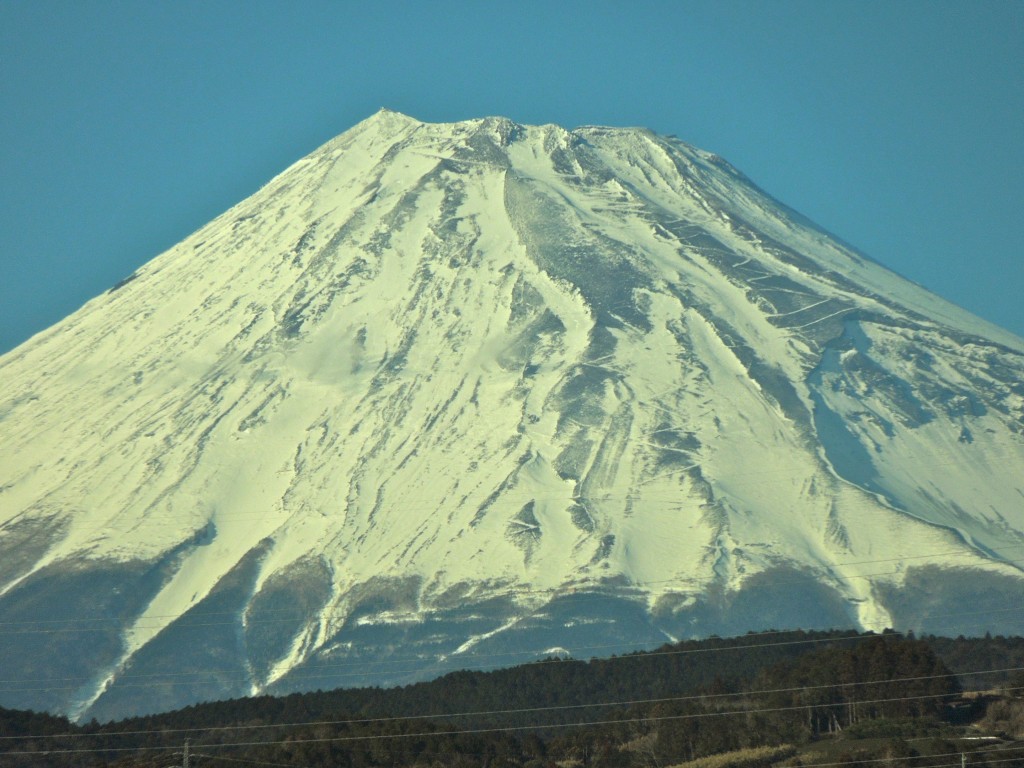
Symmetrical and snow-capped, Mt Fuji is an iconic symbol of Japan. Since ancient times it’s been held in awe, and many Japanese harbour the desire to climb it at least once. It was previously nominated as a Natural Heritage site, but environmental problems necessitated rethinking the application as a Cultural Heritage site based on its religious and artistic significance.
Fuji’s religious role stems from the country’s animist tradition of mountain worship, prompted not only by its dominating presence but by its volcanic activity. Since 781 there have been 17 recorded eruptions (the last being in 1707), and to appease the mountain deity Sengen shrines were built around the base.
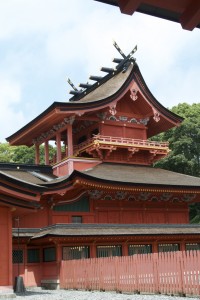 Of the eight shrines in the World Heritage registration, Fujisan Hongu Sengen Taisha is the most important. Established at its present location in 806, it boasts an unusual two-storey sanctuary as well as ponds fed by underground water from Mt Fuji. It stands at the head of some 1300 Sengen shrines nationwide.
Of the eight shrines in the World Heritage registration, Fujisan Hongu Sengen Taisha is the most important. Established at its present location in 806, it boasts an unusual two-storey sanctuary as well as ponds fed by underground water from Mt Fuji. It stands at the head of some 1300 Sengen shrines nationwide.
From the twelfth century, as volcanic activity lessened, the mountain became a base for mountain asceticism (shugendo), which mixes esoteric Buddhism with Taoism and kami worship. ‘Entering the mountain’ is seen as a form of death and rebirth, by which the old self is killed off and the practitioner returns spiritually enhanced.
After the fifteenth century ordinary people became involved, led on pilgrimages by a shugendo practitioner. Around this time the mountain deity became conflated with a mythological princess called Konohana no sakuya, perhaps because of her association with beauty.
By the eighteenth century there was a flourishing Fuji-ko sect. The founder, Hasegawa Kakugyo (1541-1646), did austerities in a small cave at Hitoana where he had a mystic vision of Fuji as the divine fount of life. Followers were encouraged to do ritualised pilgrimages, and stone markers record their names and the number of worship-ascents.
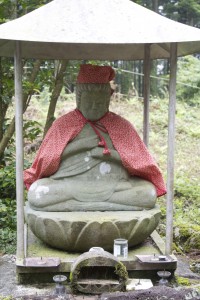
Statue of Hasegawa Kakugyo at the Hitoana cave site
Amongst the sites listed with Unesco are two ‘lava mould caves’, in which trees once covered by lava have rotted away to form hollow openings. Here, within the ‘womb’ of Konohana no sakuya, sect members were symbolically reborn. Elsewhere purification rites were performed at the Shiraito waterfall and at the Oshino Hakkai springs, fed by underground water from Fuji.
Fuji-ko members were organised into confraternities, for whom guides called Oshi facilitated arrangements. In the town of Fujiyoshida there were once 86 Oshi lodging houses, but today only a handful remain. Ascents of Fuji used to start from one of the Sengen shrines, though nowadays most of the 300,000 climbers drive up to the 5th station at 2,700 meters. (The climbing season is July and August, and at peak times such as weekends the trail is congested and mountain huts booked out.)
Besides its religious role, Mt Fuji has loomed large in the poetic imagination, inspiring medieval folk tales and the haiku of Basho. Already in the eighth-century anthology, Manyoshu, reference can be found to Fuji’s divinity:
In the land of Yamato,
It is our treasure, our tutelary god.
It never tires our eyes to look up
To the lofty peak of Mount Fuji
The mountain also has a long tradition of artistic representation, in which the Fuji Five Lakes form an important element. Scenic viewspots show Fuji’s many guises reflected in the shimmering water, and a scene from Lake Motosuko is printed on Japan’s Y1000 note. Another viewpoint, 45 kilometers away on the coast, is Miho no Matsubara which was popular in the past for Fuji sketches featuring the pines on its beach (associated with the Hagoromo legend about a feathered robe).
The most celebrated pictures, however, are the ukiyo-e paintings by Hokusai Katsushika and Hiroshige Utagawa, who both did Thirty Six Views of Fuji. The latter also produced a series of Fifty-three Stations of the Tokaido, which served to imprint the mountain on the modern consciousness, not only in Japan but abroad through its influence on post-Impressionists. Once a feared volcano, the beauty of ‘Fuji-san’ now bewitches the wider world.
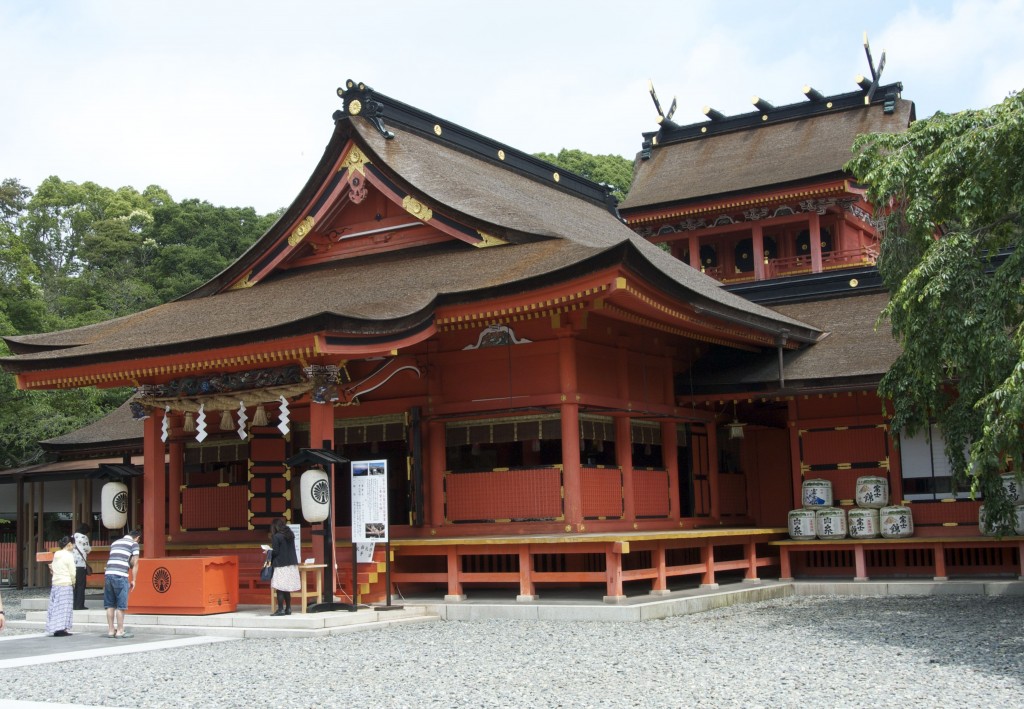
The attractive buildings of the chief Sengen shrine, Fujisan Hongu Sengen Taisha, head of some 1300 shrines
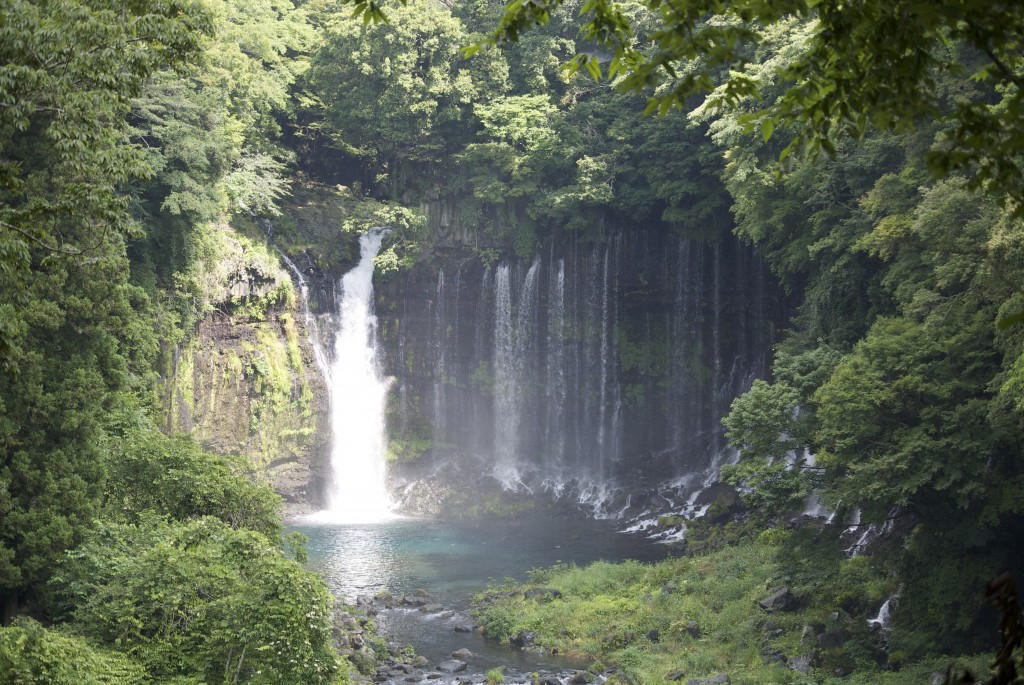
The waterfalls at Shraito, used by Fuji-ko memebers for purificaitoin rites prior to their worship-ascent of Mt Fuji
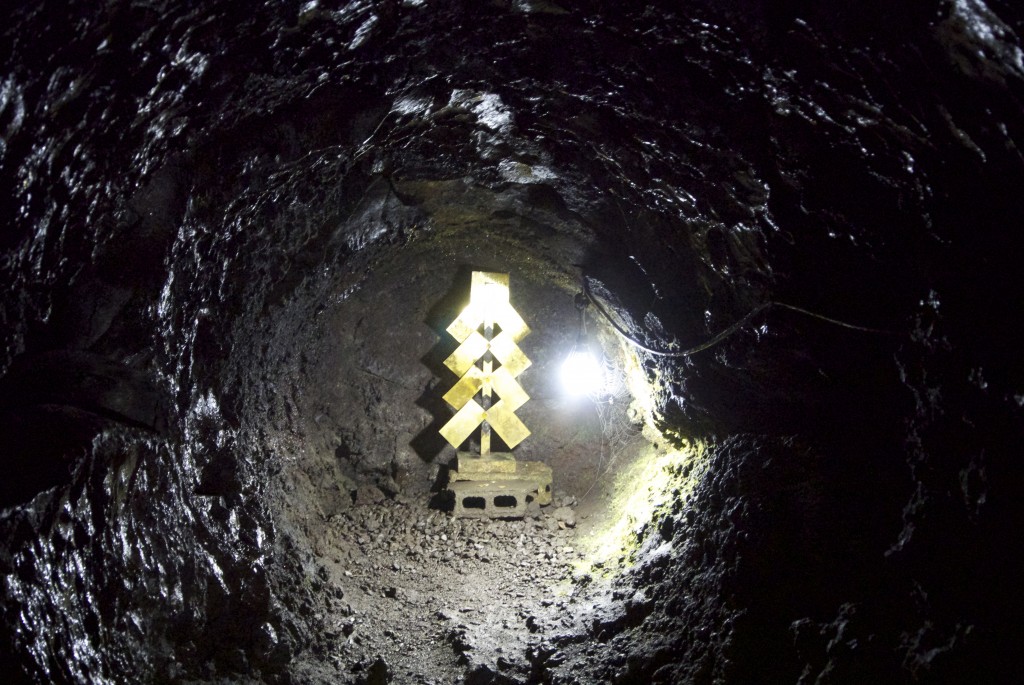
A gohei in the Funatsu tree mould cave where Fuji-ko practitioners entered into the womb of the mountain goddess
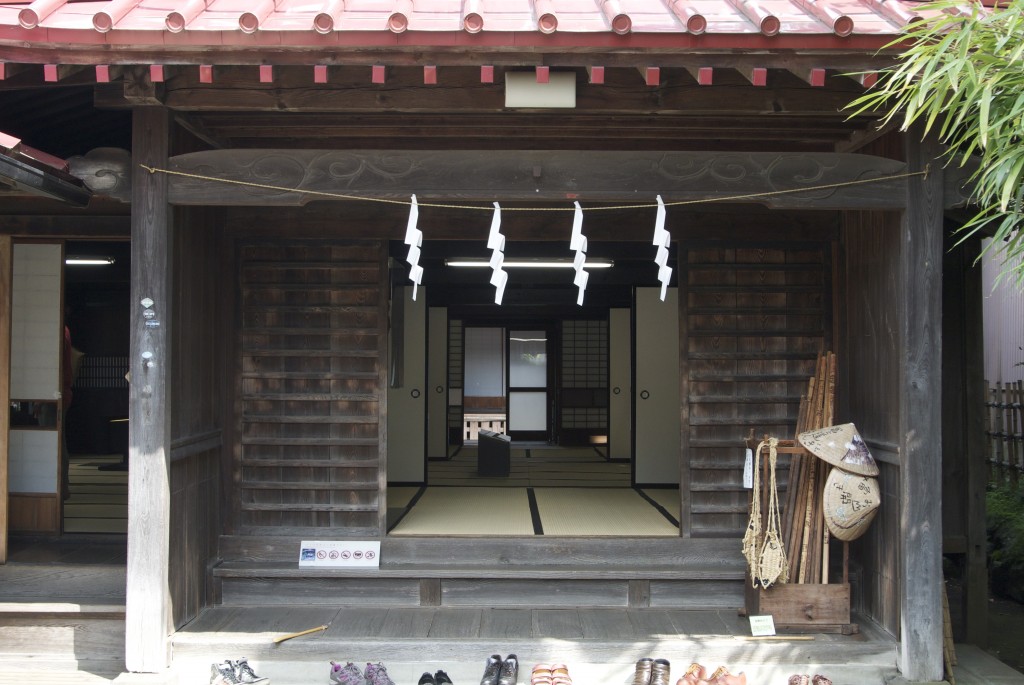
A former Oshi lodging house in Fujiyoshida for those making pilgrimages to Mt Fuji
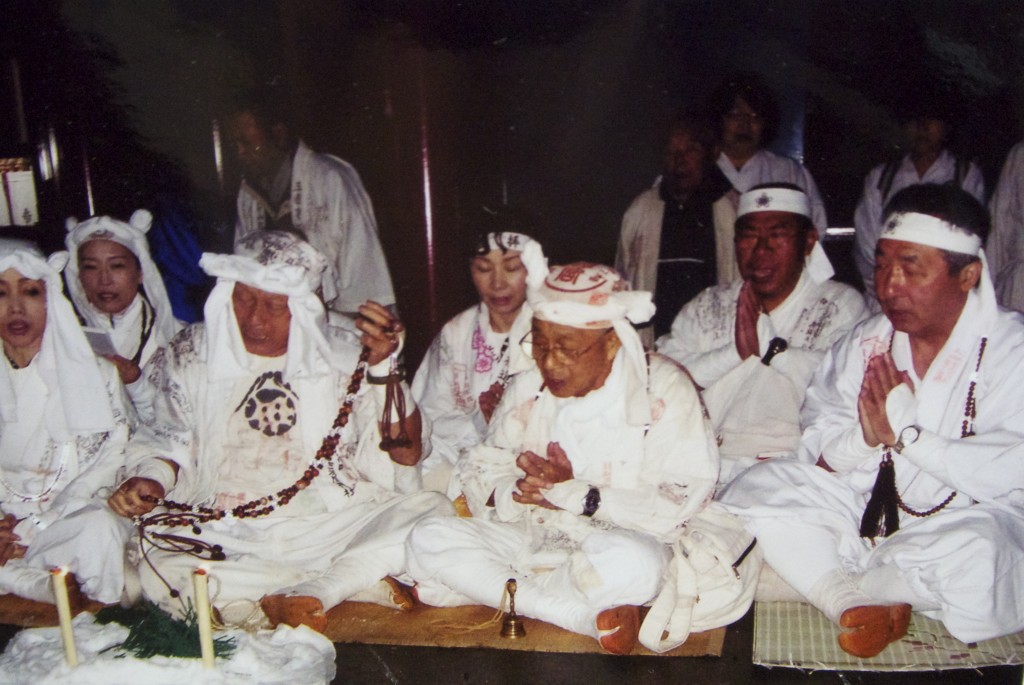
A Fuji-ko ritual, with practitioners in white clothes, which symbolise death in Japan. The clothing signifies the readiness to kill off the old self and be reborn with the diivine power of Fuji.

Leave a Reply